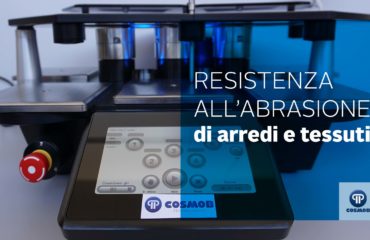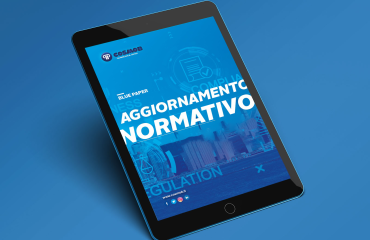One of the major requests by companies is to be able to certify a large part, if not all of the products in their catalog.
But is it possible to certify an entire family of products?
The sampling logic allows selecting one or more samples representative of the entire population ( = all the elements under study) subject to certification.
The samples shall comply as closely as possible with the specifications of the products for which the certificate will be issued; in the event that the samples meet the performance requirements, the entire population may be considered to be compliant.
For this reason, the samples shall:
- be sufficiently representative of both the characteristics and the quantity of products to be certified;
- follow the pre-requirements for the tests to be carried out on it.
In order to draw up an effective sampling plan, it is necessary to take into account specific guidelines, which are based on extrapolations of national and international legislation dealing with the specific subject.
In order to ensure the uniqueness of sampling, two key theoretical concepts should be taken into account: REPRESENTATIVENESS and UNCERTAINTY which are the key factors to ensure repeatability in the selection of samples to be tested.
Representativeness means the ability of the sample to reproduce as closely as possible the characteristics of the population from which it is derived.To this end, it is essential that in all steps of the process and whenever there is variability in the product, measures must be taken to ensure the maintenance of representativeness.
Uncertainty refers to the variability of the results obtained on the samples tested. The main sources of uncertainty are related to product variability, to variables introduced through the sampling process up to the transport to the laboratory and those related to laboratory activities until the result is obtained.
The sampling strategy
The drawing up of a sampling plan presupposes the need to define a genuine strategy in several phases: from the definition of the sampling approach to the composition of the families up to the choice of the number and size of samples to be tested.
As regards the sampling approach, there are two different types:
– Statistical: where each type of product has the same possibility, compared to another to be part of the samples to be selected
– “Judgemental“: this approach is based on knowledge of the products and their characteristics, identifying according to them which sample is best suited to represent the reference population.
The Judgemental is the type of approach preferred by COSMOB and the one that best suits the certification activity for the qualification of the furniture product. This approach is based on knowledge as it allows selecting the samples according to their technical characteristics, rather than relying on randomness.
The next step is the identification of households, which is a “defined part of the population that is determined for sampling purposes”; this step takes into account important variables including the technical characteristics of the product,the process, the intended use, the objectives of the test and the resources available to carry them out.
On the basis of these aspects, the samples to be tested for each family are then selected in order to be effectively representative of the characteristics of the product. This choice shall be made according to the logic of the most critical product and/or the most representative product family, taking into account the type of testing to be carried out.
COSMOB’s solid experience in the field of sampling is linked not only to the drafting of the sampling plan but also to the support provided to the customer in choosing the most suitable product families for certification. To date, we represent the main interlocutor for many companies as well as leading national and international standards tables on this specific issue.







